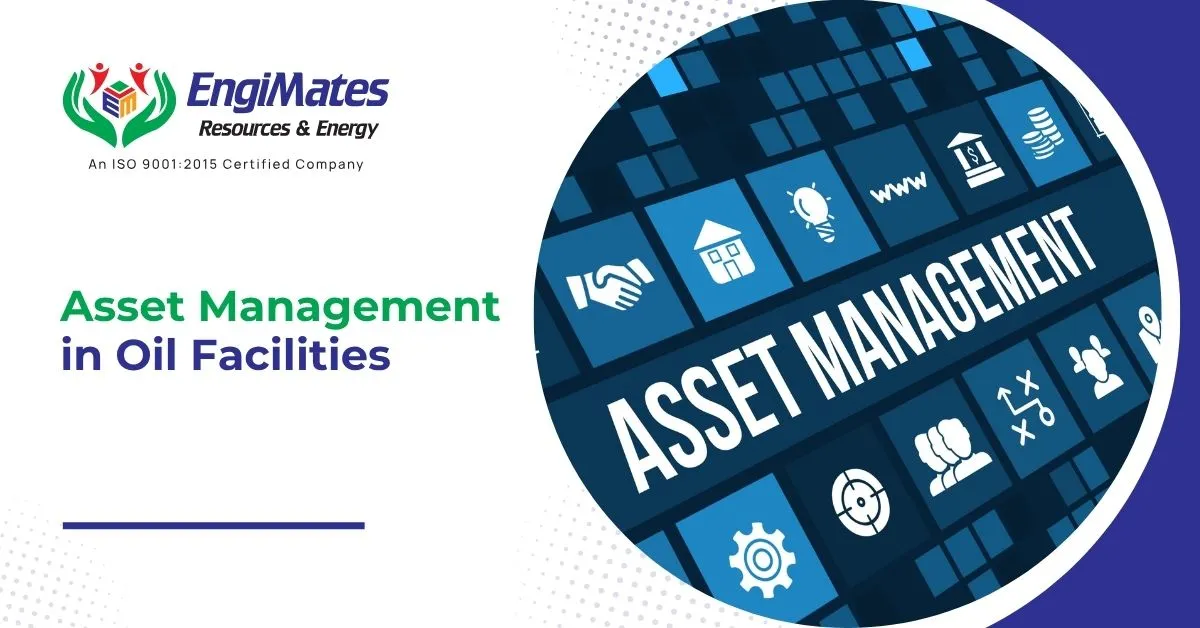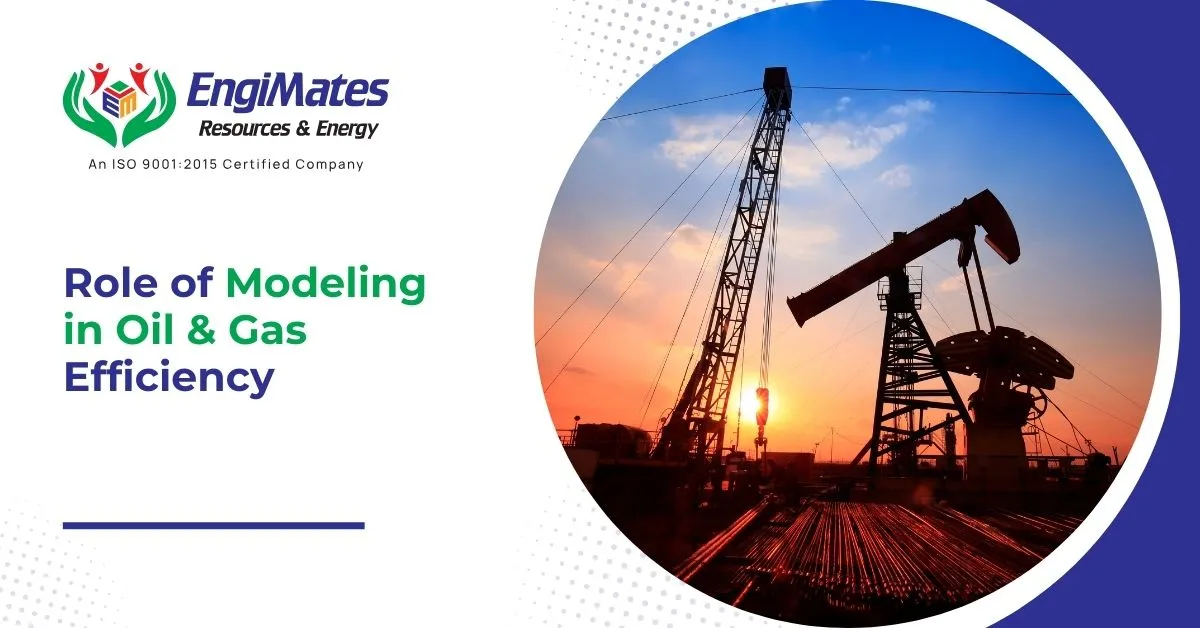Energy consumption is one of the largest operating costs in oil and gas refineries. Rising…

In the ever-evolving oil and gas industry, asset management in oil facilities is more than just maintenance—it’s a strategic imperative. From upstream to downstream operations, effectively managing physical assets helps reduce downtime, optimize production, and ensure compliance with safety and environmental regulations.
What Is Asset Management in Oil Facilities?
Asset management refers to the systematic process of developing, operating, maintaining, upgrading, and disposing of assets cost-effectively. In oil facilities, this includes pipelines, compressors, pressure vessels, control systems, pumps, and other mission-critical infrastructure.
By implementing a robust asset management strategy, oil companies can:
- Extend asset lifecycle
- Reduce total cost of ownership (TCO)
- Improve safety and environmental compliance
- Ensure consistent production performance
Key Components of Asset Management in Oil & Gas Facilities
- Asset Lifecycle Management
Managing assets across their full lifecycle—from acquisition and installation to maintenance and decommissioning—helps optimize CAPEX and OPEX decisions.
- Predictive and Preventive Maintenance
Utilizing predictive analytics, condition monitoring, and scheduled maintenance can prevent unplanned failures and reduce equipment-related incidents.
- Asset Integrity Management (AIM)
AIM ensures that assets are designed, operated, and maintained to perform efficiently without failures, aligning with ISO 55000 and API standards.
- Digital Twin & IoT Integration
Technologies like Digital Twins, IoT sensors, and SCADA systems provide real-time insights, enabling smart decision-making and proactive issue resolution.
- Data-Driven Decision Making
Implementing a Centralized Asset Management System (AMS) allows facility managers to monitor KPIs, track asset history, and allocate resources effectively.
Ready to boost reliability and reduce downtime? Contact us for tailored asset management support.
Benefits of Asset Management in Oil Facilities
- Increased Equipment Reliability
- Improved Operational Efficiency
- Enhanced Regulatory Compliance
- Optimized Resource Allocation
- Reduction in Downtime and Maintenance Costs
Challenges in Oil Facility Asset Management
- Aging infrastructure and equipment obsolescence
- Harsh operational environments (offshore, high pressure)
- Managing large volumes of asset data
- Ensuring workforce competence and training
Solution: Partnering with an experienced engineering consultancy like EngiMates Resources and Energy Pvt. Ltd., which provides end-to-end asset management solutions including inspection, documentation, risk analysis, and digital upgrades.
EngiMates’ Role in Asset Management
As a trusted engineering partner, EngiMates helps oil & gas clients with:
- Asset criticality assessment
- Maintenance optimization strategies
- Turnkey asset management programs
- Reliability & availability improvement plans
- As-built documentation & plant operating manuals
Frequently Asked Questions
What is asset management in oil and gas facilities?
Asset management in oil and gas facilities is the process of systematically planning, operating, maintaining, and upgrading physical assets such as pipelines, compressors, and control systems to optimize performance, extend asset lifespan, and reduce operational risks.
Why is asset management important in oil facilities?
Asset management is crucial in oil facilities because it helps minimize downtime, prevent equipment failure, ensure regulatory compliance, and improve the overall reliability and profitability of operations.
What are the key components of asset management in oil and gas?
The main components include:
- Asset lifecycle management
- Predictive and preventive maintenance
- Asset integrity management
- Digital technologies (IoT, Digital Twin)
- Data-driven decision-making
How does digitalization improve asset management in oil facilities?
Digital tools like IoT sensors, SCADA systems, and digital twins provide real-time monitoring, predictive analytics, and automated reporting, allowing oil companies to detect issues early, reduce maintenance costs, and optimize asset performance.
What are the challenges of asset management in the oil industry?
Common challenges include aging infrastructure, complex asset networks, data management, environmental factors, and the need for skilled personnel to manage and analyze asset data effectively.
Conclusion
In a high-stakes industry like oil and gas, effective asset management in oil facilities is critical for sustaining performance, ensuring safety, and maximizing ROI. By leveraging modern tools and expert guidance, facilities can navigate operational challenges while building a resilient future.




